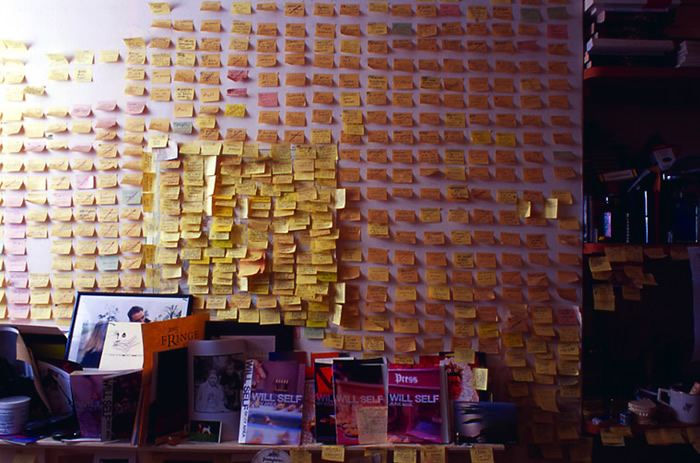At the outset of this account of a circum-global journey, Malachy Tallack is at pains to establish the nature of the north: “There is,” he writes, “the tree line, above which the boreal forest gives way to tundra; the southern limit of permafrost; the Arctic Circle; the sixtieth parallel. Other measurements are also made. Temperature, precipitation, accessibility, population density: all are calculated, and a level of ‘nordicity’ can be assigned, according to a scale developed in the 1970s by the geographer Louis-Edmond Hamelin.” Tallack opts to follow the 60th parallel of longitude, which passes through his Shetland home; Greenland; a whole swath of Canada and Alaska; a still greater swath of Siberia; the former Russian capital, St Petersburg; Finland, Sweden and Norway; before eventually depositing him back by the ancient broch – or fortified iron age dwelling – on the Shetland isle of Mousa, which is where he began.
Tallack is keen to stress that the boreal is no ultima Thule: “Above all else, for those who live there, the north is home. It is neither remote nor isolated nor far away; it is the centre of the world.” I’d agree with him there: I may not have his nordicity CV, but I’ve spent a fair amount of time in the Northern Isles of Scotland, and lived a blustery winter in Orkney during which my sense of the world’s orientation was radically recalibrated: Spitsbergen became a plausible holiday destination, and Edinburgh seemed a positively balmy prospect, while London steamed in my imagination. And I, too, have been taken by the sensuous lines of the ancient brochs – after a trip to Shetland I had a scale model of Mousa built in my very metropolitan back garden. Where I further cleave to Tallack is in his belief that our relationship with place is fundamentally emotional (or should be).
This, then, is a book about belonging rather than a conventional travelogue. Tallack is one of a burgeoning group of young travel writers – of whom Robert Macfarlane is the cynosure – who have reinvigorated their increasingly tired genre with elements of psychogeography: the study of how places make us feel. These journeymen and women understand intuitively – if not explicitly – that the globalised world is all used up when it comes to strange vistas and marvellous creatures; now the only course for the true adventurer is to strike out for the known, then accurately record your own resultant sense of the unheimlich. The problem for the new school is they lug along in their knapsacks the same standard-issue English romanticism as their forebears – Leigh Fermor, Thubron, Newby et al. This makes their writing oddly strained, as they try to mitigate their entirely understandable sense of alienation (after all, what are they up to, pretending to “explore” using scheduled public transport?), by slapping down on the page dollops of either nature writing or pained self-analysis.
Read the rest of Will’s review at the Guardian here.
